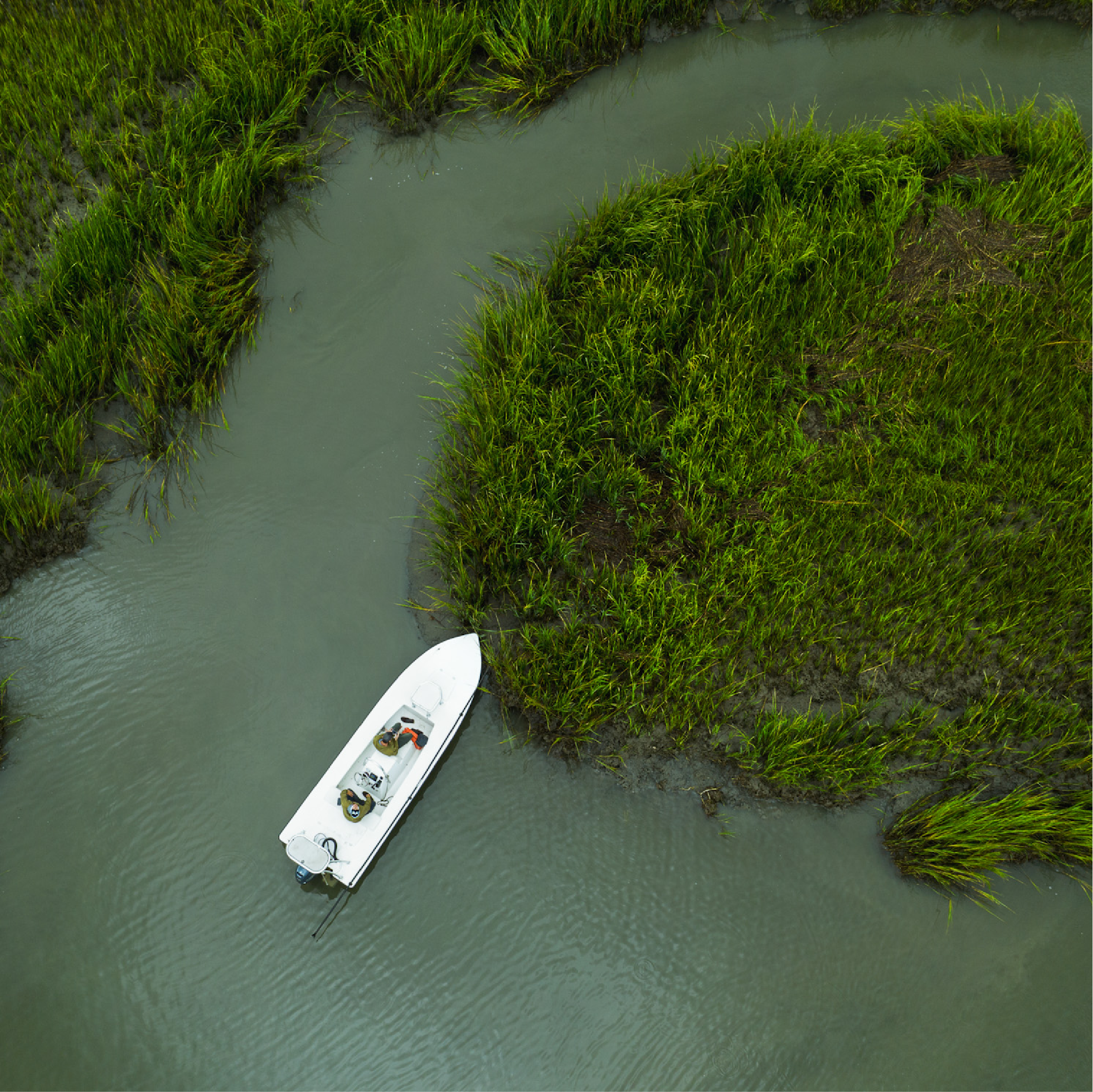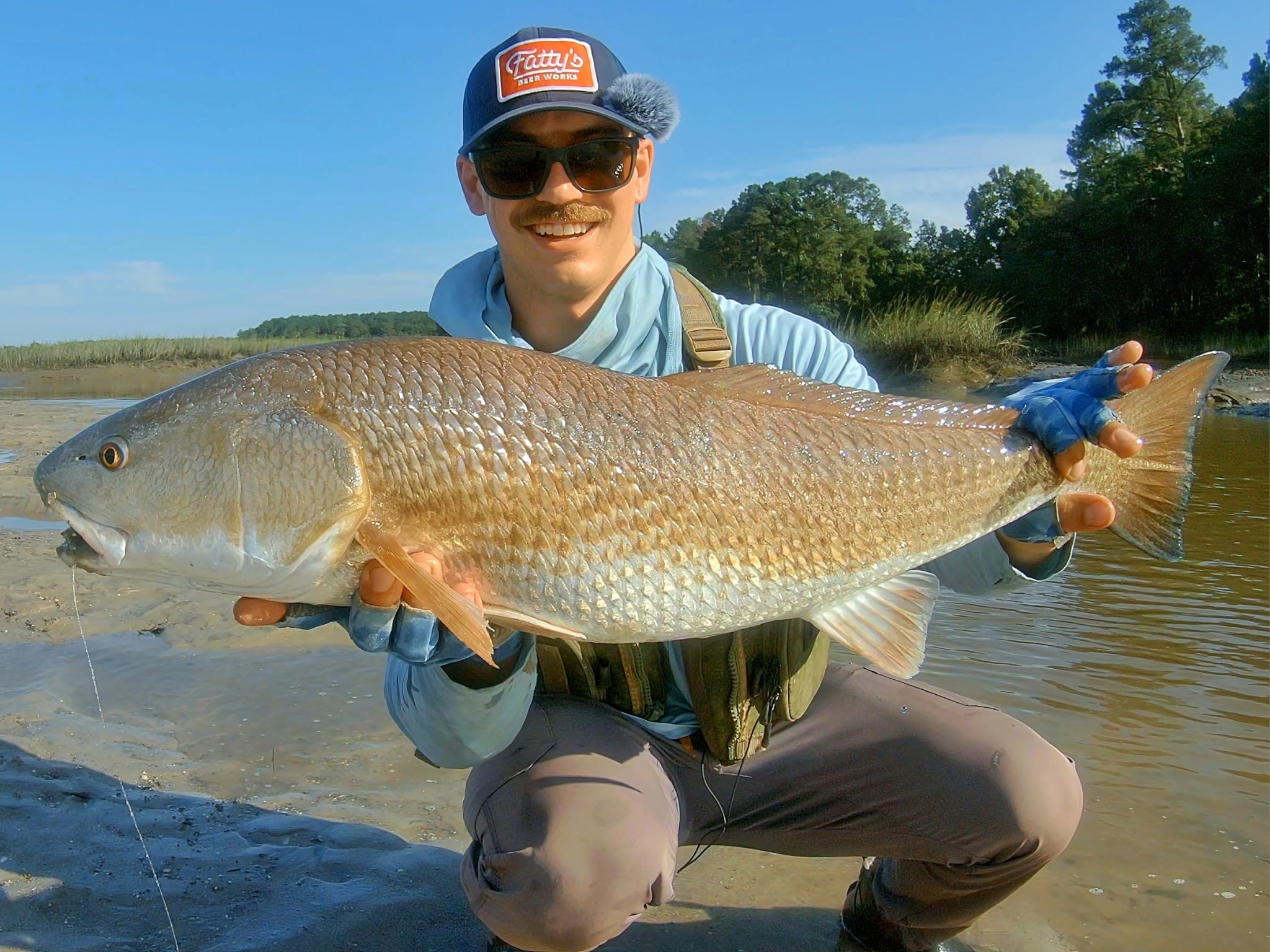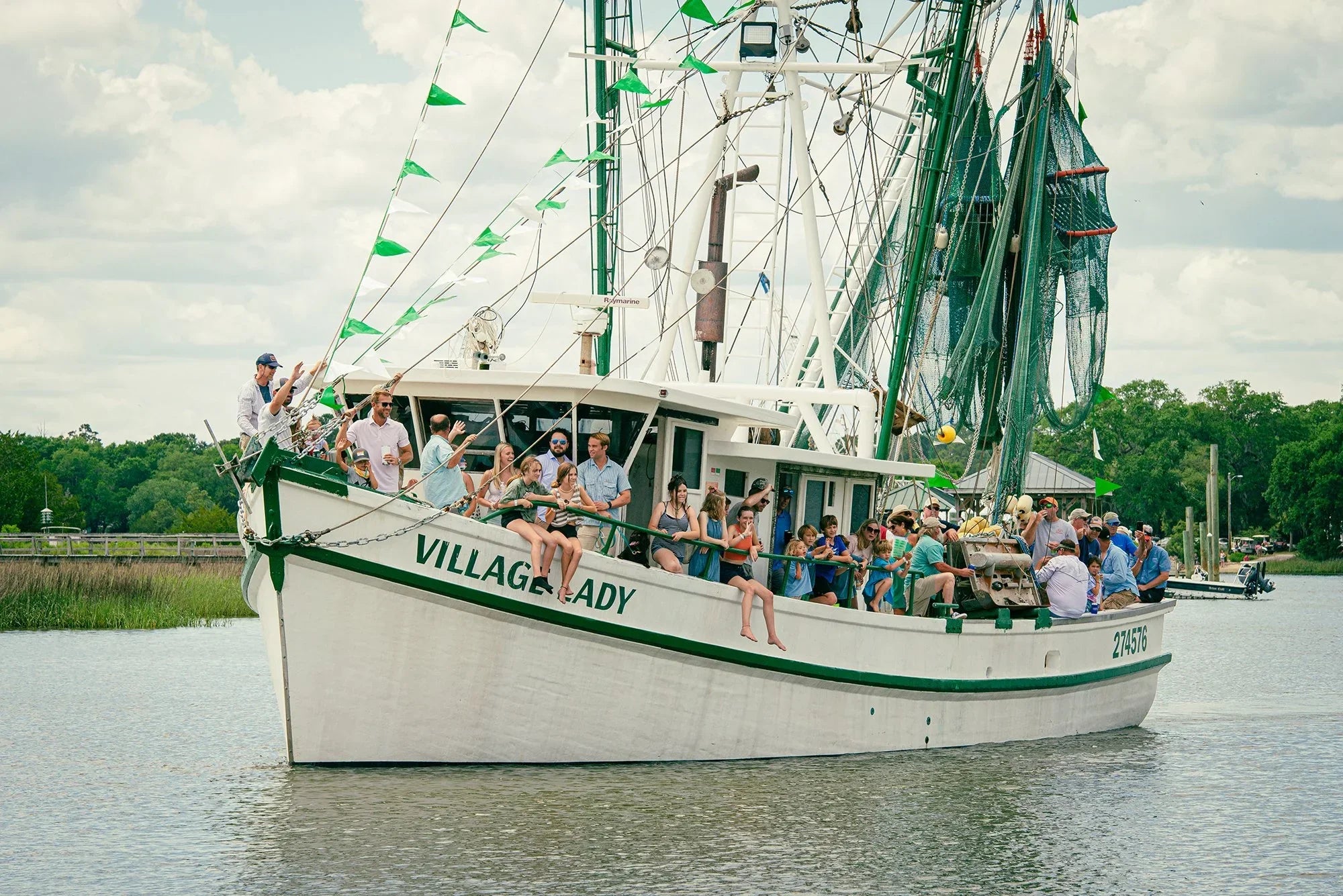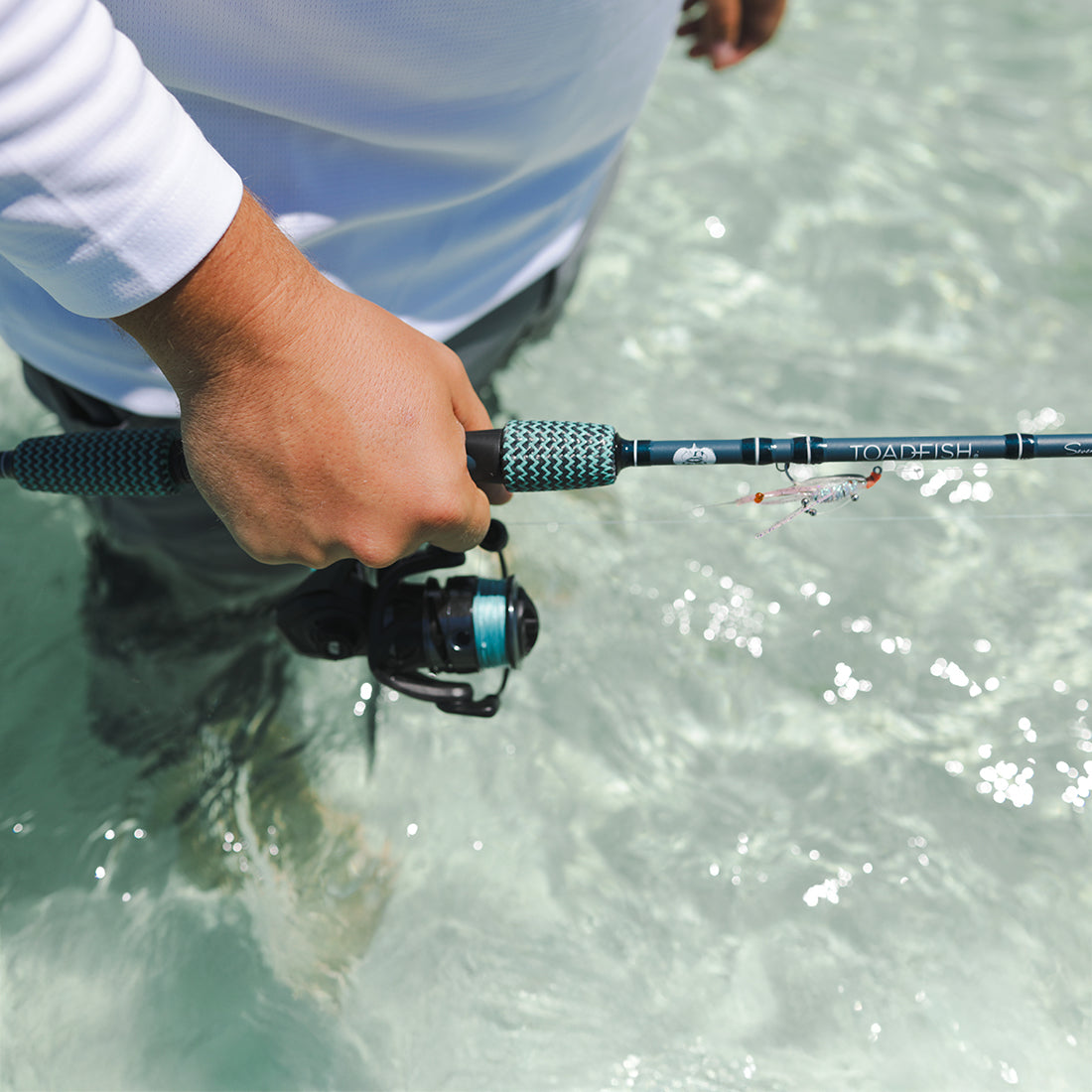What is Inshore Fishing? Everything You Need To Know
When it comes to fishing, anglers have a lot of options. But inshore fishing is one of the most popular and versatile fishing because it offers anglers a variety of different options. Inshore fishing can be done with either a boat or from shore.
It is commonly understood that inshore fishing includes any fishing that occurs in waters that are 30 meters deep or less. So, it doesn't really matter how close you are to the shore. Instead, the depth of the water is more important in determining whether you are inshore fishing. Whatever type of inshore fishing you choose, be sure to equip yourself with the right gear!

Inshore Fishing- An Introduction
Inshore fishing is a great way to experience the beauty of coastal communities and catch fish in salt water. It's an activity that is popular among people who love the outdoors and want to enjoy a peaceful evening by the water. There are a variety of gear and techniques you can use for inshore fishing, depending on the type of fish you're targeting. You can go for inshore fishing using lures, live bait, or flies. Whatever your choice, make sure to use the right fishing techniques and gear to ensure a successful fishing trip.
Difference Between Inshore vs Offshore Fishing
There are two main types of fishing - inshore and offshore. Most often, inshore fishing entails fishing in waters that can be anything from a few inches to 15-20 feet deep, and within a mile or two of the shore. Remember that all of the fishing is in saltwater, thus this guide won't cover freshwater fishing.
As opposed to nearshore or offshore fishing, staying close to shore has its benefits. You can catch a lot of fish even on a shorter trip when you fish inshore because it doesn't take as long to get to the fishing grounds. It's also important to note that the waters along the beach are calmer than the vast blue ocean. Offshore anglers typically target tuna, mahi-mahi, and dolphin which live in deeper waters away from shoreline.
Both methods offer different experiences: fisherman can fish from boats or go ashore to catch some awesome fish.

Types Of Inshore Fish
There are many types of fish in the sea, and each one has its own fishing techniques that you need to know if you want to catch it. Despite the fact that inshore fish species aren't as large or showy as the sought-after marlin or the dazzling tunas of the deep blue, there is a lot of variety here that keeps anglers coming back for more every day. You'll have a ton of options, from delectable bottom fish to tough fighters that will keep you on your toes. Some of our favorite selections for inshore fishing are listed below:
Redfish - Redfish, by far the most well-liked inshore species in the US, are an essential component of any productive fishery in the Gulf and Atlantic oceans. As a result of the distinctive noises they make when spawning, they are also known as Red Drum. They are a year-round target, and because they frequent big schools, you might spark a real frenzy.
Sea Trout - These fish, sometimes known as speckled trout (or specks), are a popular target for novice and expert anglers alike. One of your first fish will undoubtedly be a Speck if you decide to begin inshore fishing on the Gulf or Atlantic coast. Spring through October are the greatest seasons to go after these awesome fish since they tend to gather in shallower areas.
Tarpon - Also referred fish as "Silver Kings," these fish have earned the title of legitimate inshore superstars because of their long leaps and exhilarating antics. Every year, a large number of anglers from across the US go to Florida to test their mettle against these tenacious competitors. Although they may not be the ideal option for your first fishing excursion, keep them in mind after you've made a few trips.
Types of Inshore Fishing

From a Boat
There is no question that reserving a charter boat is the easiest method to plan an inshore fishing trip. You receive a boat as well as a captain who is knowledgeable about where and how to catch fish. This is a priceless learning opportunity for a novice because nothing compares to having a pro demonstrate how something is done. To top it off, remember that the skipper will typically give the fishing equipment and required licenses as part of the trip cost.

From Shore
The fact that you can access the fishing grounds from the shore is one benefit of inshore fishing. You can accomplish it in a variety of ways, including wading through grassy flats, fishing from piers and bridges, or just casting from the beach. The one that will work best for you really relies on where you'll be fishing, so be sure to research it beforehand.
How to Choose the Right Gear for Inshore Fishing
The type of gear you choose will depend on your experience and what kind of fish you're targeting. Several variables, most importantly the size of fish you are after, can affect the tackle considerations for this type of fishing. The majority of inshore fishermen keep it simple by just carrying two setups—one light and one heavier—depending on the kind of fish they anticipate catching. Anglers should also take their environment into account while selecting the right tackle. Let's start by dissecting the light and heavy configurations.
Light Inshore Tackle
Smaller inshore fish like trout, flounder, pompano, Spanish mackerel, and smaller redfish are the greatest candidates for the light inshore rod and reel choices.
Light inshore rods typically measure 6'8'' to 7'2'' feet in length, are medium-light or medium-power, and have a fast-action tip rated for line weights of 6 to 12 lb test. This rod's size and action are relatively light, making it perfect for long whip casts with tiny lures and bait.
We suggest the Toadfish Elite Carbon Series Combo in size 7'2'' Medium Rod paired with 2500 Reel. This combo is perfect for all different types of inshore fishing, whether it's throwing live bait or actively fishing soft plastics and other lures.
Heavy Inshore Tackle
Larger species like Cobia, Tarpon, huge Redfish, Tripletail, and Shark are best caught using the heavy inshore rod and reel choices. The typical length and power of heavy inshore rods are 7'0'' to 7'6'', but they still have a somewhat rapid tip rated for line weights of 12 to 20 lb test.
Anglers may still cast lures far distances to the wary inshore fish despite the rod's heavier power because of its rather quick tip action. Lures typically weigh between 1/2 and 1 1/2 ounces, hence a rod capable of handling such weights is needed.
Since many of the more recent rod models have this lure grade labeled on them, pairing a rod with a lure is frequently relatively simple. Our 7'6'' Medium-Heavy Spinning Rod paired with 3000 Size reel offers everything you'll need to catch some large fish. We recommend backing your reel with a 15-20 lb braided line and a 20-inch 20 lb. fluorocarbon leader.
Frequently Asked Questions
What is a good bait to use for Inshore Fishing?
To catch fish with a bait, you'll need to find out what types of bait the local fish prefer. Once you know this, you can use different baits for different fishing locations. For inshore saltwater fishing, live bait can be quite productive. Use a small circle hook and place a little split shot a few inches from the hook for best results. The live bait won't be able to swim to the water's surface because of the weight.
Some of the most popular baits used for fishing in inshore waters are shrimp, mud minnows, and baitfish. However, different bait can be used for different fishing spots.
What are the types of Inshore Fishing gear that you can use?
To make sure you are as prepared as possible for hitting the water and catching fish, we've created the following list of essentials to take with you:
- Rod and Reels
- Braided Line
- Sun Protection (Sunscreen, UPF shirts, neck gaiters, sunglasses)
- Filet Knife (if you intend to keep your catch)
- Pliers
- Fishing license
How do you determine if a fish is legal to harvest?
In order to determine if a fish is legal to harvest in your area, you'll first want to check the regulations of your region. You can do this by looking up local fishing guides and websites that focus on fishing for specific species of fish. Once you have a good understanding of the regulations, you'll need to purchase the proper fishing rig, line and bait. Then, it's time to go fishing!
Where can I find inshore fishing guides?
There are many online resources to find a local inshore fishing charter. A knowledgeable guide can make the difference between an enjoyable excursion and a once-in-a-lifetime event. When selecting a fishing charter, reading a captain's fishing reports is a good approach to getting to know them better. These serve as a public log of the fish they have caught and the kinds of charters they have been operating. They can include information such as how frequently a captain goes out on the water or the main species and ecosystems they are interested in.
Conclusion
If you're looking for an exciting and exciting way to spend your free time, inshore fishing might be the perfect option for you! With different types of fishing available, there's something for everyone to enjoy. To get started, make sure to read our blog article to learn about the different types of fishing and how to choose the right gear for you. Then, head out into the water and have some fun!








Share:
Caribbean Lobster Mac & Cheese Recipe
5 Football Tailgate Gear Essentials You Need This Year